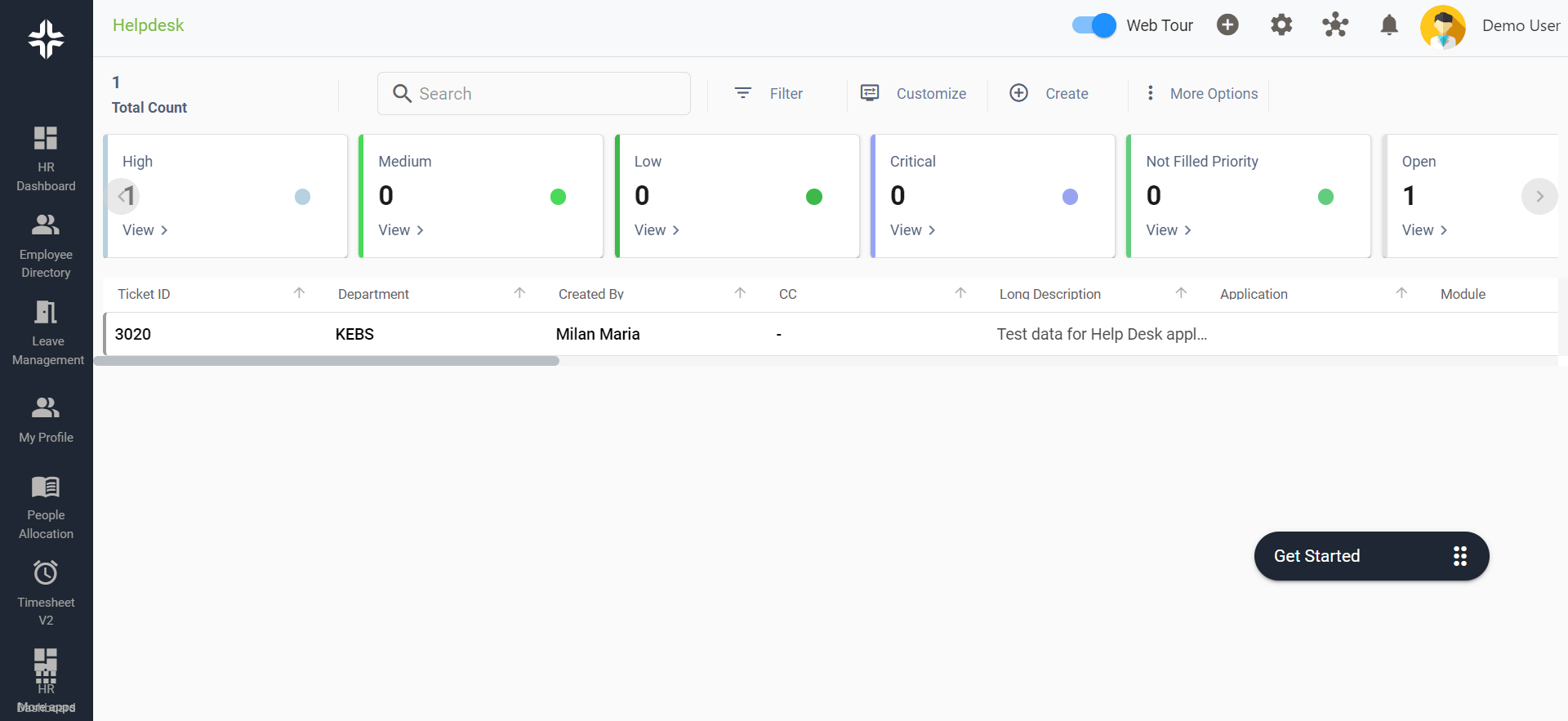Home » PSApedia
Customer Effort Score
Enhance Customer Experience and Explore Insights on Customer Effort Score.

What Is Customer Effort Score?
Customer Effort Score (CES) is a metric used in Professional Service Automation (PSA) to assess the ease with which customers can interact with a service or product. It focuses on the customer’s perspective of how much effort they need to exert to get their issues resolved, requests fulfilled, or services received.
A lower effort score indicates a more user-friendly and efficient service, which is crucial in the PSA industry where service delivery and client interaction are key.
The Importance of Customer Effort Score in PSA
CES is vital for understanding customer satisfaction and loyalty. In PSA, where services are often complex and multifaceted, a low CES can lead to higher customer satisfaction and retention.
It reflects the efficiency of the service delivery process and the effectiveness of client communication. By focusing on reducing customer effort, businesses can enhance client relationships and improve overall service quality. CES is crucial for several reasons:
1. Predicting Customer Loyalty: Lower effort scores often correlate with higher customer loyalty.
2. Service Improvement: Identifies areas where service processes can be streamlined.
3. Customer Satisfaction: Directly impacts overall customer satisfaction and experience.
4. Operational Efficiency: Helps in optimizing workflows and customer interaction points.

The Importance of Customer Effort Score in PSA
How to calculate Customer Effort Score?
Methodology: CES is typically measured through customer surveys asking respondents to rate the ease of their experience on a scale (e.g., from 1 to 5).
Example: If customers are asked, “On a scale of 1-5, how easy was it to get your issue resolved?” and the average response is 2, this indicates a low effort score (high effort required by the customer).
Customer Effort Score vs Other Customer Satisfaction Metrics
While CES focuses on the effort required by the customer, other metrics like Net Promoter Score (NPS) and Customer Satisfaction Score (CSAT) measure different aspects of the customer experience. NPS assesses customer loyalty, and CSAT measures overall satisfaction with a service or product. Each of these metrics provides unique insights into customer experience and satisfaction. CES should be considered alongside metrics like:
1. Net Promoter Score (NPS): Measures the likelihood of customers recommending a service.
2. Customer Satisfaction Score (CSAT): Reflects how satisfied customers are with a service or product.
| Metric | Definition | Importance / Use |
|---|---|---|
| Customer Effort Score (CES) | Measures the ease of a customer’s experience with a product/service | Reflects how much effort customers need to exert to accomplish a task or resolve an issue |
| Net Promoter Score (NPS) | Measures customer loyalty and likelihood to recommend | Indicates overall customer satisfaction and likelihood of referrals |
| Customer Satisfaction Score (CSAT) | Measures the level of satisfaction with a product/service | Provides direct feedback on the satisfaction with specific interactions |
| Churn Rate | Percentage of customers who stop using services or products | Indicates dissatisfaction and the rate of customer attrition |
Strategies to Improve Customer Effort Score in PSA
Understanding and improving CES can significantly impact a business’s strategy, especially in PSA. It can guide improvements in user interface design, customer service processes, and overall service delivery. By regularly measuring and responding to CES, businesses can make targeted improvements that enhance the client experience and streamline service delivery.
1. Streamline Processes: Simplify customer interaction processes for service delivery.
2. Employee Training: Equip staff with the skills and tools to resolve issues efficiently.
3. Feedback Loop: Regularly collect and act on customer feedback to reduce effort.
Ready to Optimize Your Customer Effort Score?
Implementing a comprehensive PSA solution like KEBS can greatly improve the Customer Effort Score. Streamlines workflows, reducing customer effort in getting services.
Facilitates better customer interactions and issue resolution. Offers insights into customer interactions, identifying areas for improvement. Ensures efficient communication channels with customers.

KEBS Helpdesk
Explore how KEBS can optimize your CES by contacting us for more information or trying a demo.



